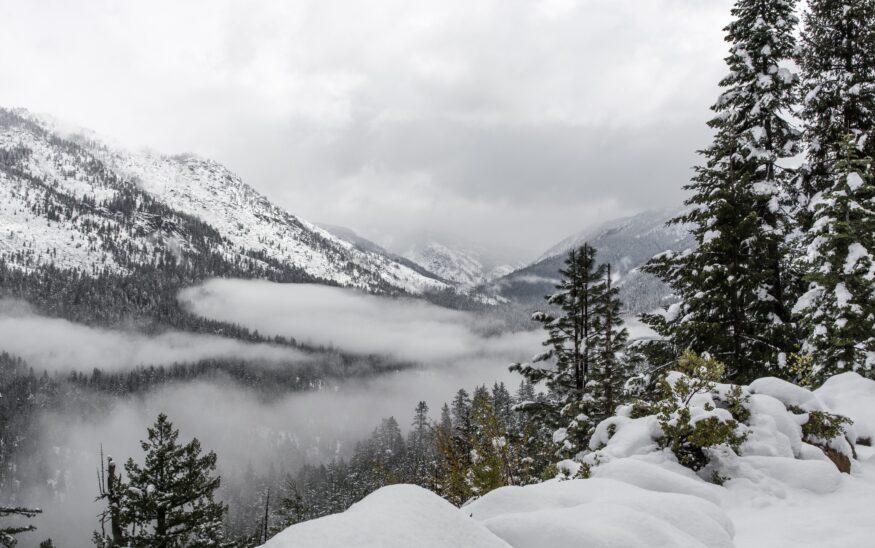Natural Capital and the Assignment of Value
How do you put a dollar sign on Mother Nature?
Jason Doedderlein //October 24, 2017//


Natural Capital and the Assignment of Value
How do you put a dollar sign on Mother Nature?
Jason Doedderlein //October 24, 2017//

We are a culture driven by numbers. As is commonly stated in statistics, “If it can’t be counted, it isn’t real”. Given my background in engineering, finance and now economics, I am sympathetic to this quantitative demand. And in economics how do we quantify value? With the dollar sign, of course. However, it is necessary, even for an economist, to recognize there are many things of great value to which we have not historically assigned dollar signs.
First, a review.
How do we assign value? We refer to the market. A service or product is provided and the forces of supply and demand create the price associated with that service or product. We can assign an iPhone an economic value by the price for which it sells. This is, of course, a very simplistic explanation, but it gets to the core forces at work in the market.
How does one value something provided free of charge? How does one value the benefits we receive from the natural world? What is the value of clean water flowing down a river to municipalities and farms? What is the value of a stunning view? What about the snowpack that acts as a reservoir or clean air, trails and access to outdoor recreation?
These are more challenging to quantify, to place a value on, and historically no economic value has been granted to them. However, that does not mean they shouldn’t be taken into account or that they don’t provide economic value.
Often, we see the value of natural resources once they have been depleted. When waterways are polluted, we must build filtration plants. When we constrict rivers and remove naturally occurring flood plains, we must build manmade structures to compensate for the increased flood risk.
The costs associated with these manmade solutions are values we can apply to the natural capital provided.
New York City was aware of this value and saved billions of dollars (yes, with a ‘B’) by choosing to protect the watershed from which it draws the majority of its water instead of building new filtration plants.
At Summit Economics, we are currently focusing on this effort. Among others, we are working with the Greenway Foundation to show the economic value and impact of the work that has been achieved along the South Platte River, transforming it from an industrial and municipal dumping ground to some of the highest real estate value in the state.
Additionally, the EPA and the forestry service, in concert with others, is getting into the game by creating the “South Platte Natural Capital Project” which is a phenomenal tool that can be used to see the natural economic benefits provided by different areas of the South Platte watershed for anyone to see (Note… This is still in development. Final version to be released later this year).
This knowledge gives us a bigger and more complete view of the economy. We all do better when we have more complete information at our disposal. Looking at the services and benefits provided by nature is an essential ingredient to a well-functioning economy, society, and government.



























